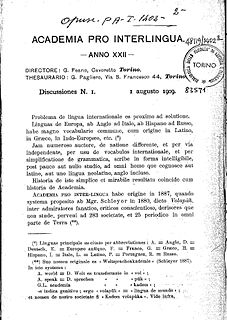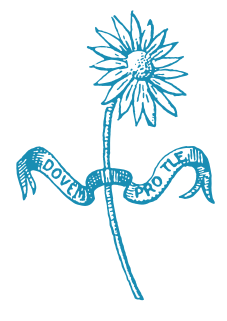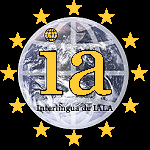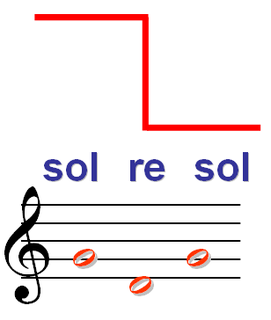 W
WThe Academia pro Interlingua was an organization dedicated to the promotion of international auxiliary languages, and is associated in particular with Prof. Giuseppe Peano's language Latino sine flexione.
 W
WBolak is a constructed language that was invented by Léon Bollack. The name of the language means both "blue language" and "ingenious creation" in the language itself.
 W
WCommunicationssprache is one of the earliest international auxiliary languages.
 W
WEsperanto is the world's most widely spoken constructed international auxiliary language. Created by Polish ophthalmologist L. L. Zamenhof in 1887, it was intended to be a universal second language for international communication. Zamenhof first described the language in Dr. Esperanto's International Language, which he published in five languages under the pseudonym "Doktoro Esperanto". He claimed that the grammar of the language could be learned in one hour, though this estimate assumed a learner with a background in European languages. The word esperanto translates into English as "one who hopes".
Glosa is an international auxiliary language based on a previous draft auxiliary called Interglossa. Glosa is an isolating language, which means that words never change form, and spelling is completely regular and phonetic.
 W
WIdo is a constructed language, derived from Reformed Esperanto, created to be a universal second language for speakers of diverse backgrounds. Ido was specifically designed to be grammatically, orthographically, and lexicographically regular, and above all easy to learn and use. In this sense, Ido is classified as a constructed international auxiliary language. It is the most successful of many Esperanto derivatives, called Esperantidoj.
 W
WInterlingua is an Italic international auxiliary language (IAL) developed between 1937 and 1951 by the American International Auxiliary Language Association (IALA). It ranks among the most widely used IALs and is the most widely used naturalistic IAL – in other words, those IALs whose vocabulary, grammar and other characteristics are derived from natural languages, rather than being centrally planned. Interlingua literature maintains that (written) Interlingua is comprehensible to the hundreds of millions of people who speak Romance languages, though it is actively spoken by only a few hundred.
 W
WKotava is a proposed international auxiliary language (IAL) that focuses especially on the principle of cultural neutrality. The name means "the language of one and all", and the Kotava community has adopted the slogan "a project humanistic and universal, utopian and realistic". The language is mainly known in French-speaking countries and most learning materials for it are in French.
 W
WLatino sine flexione, Interlingua de Academia pro Interlingua or Peano's Interlingua, is an international auxiliary language compiled by the Academia pro Interlingua under chairmanship of the Italian mathematician Giuseppe Peano (1858–1932) from 1887 until 1914. It is a simplified version of Latin, and retains its vocabulary. Interlingua-IL was published in the journal Revue de Mathématiques in an article of 1903 entitled De Latino Sine Flexione, Lingua Auxiliare Internationale, which explained the reason for its creation. The article argued that other auxiliary languages were unnecessary, since Latin was already established as the world's international language. The article was written in classical Latin, but it gradually dropped its inflections until there were none.
 W
WLingua Franca Nova, abbreviated as LFN and known colloquially as elefen, is an auxiliary constructed language originally created by C. George Boeree of Shippensburg University, Pennsylvania, and further developed by many of its users. Its vocabulary is based on the Romance languages French, Italian, Portuguese, Spanish, and Catalan.
 W
WLingwa de planeta is a constructed international auxiliary language based on widely spoken languages of the world, including Arabic, Chinese, English, French, German, Hindi, Persian, Portuguese, Russian, and Spanish.
 W
WNeo is an international auxiliary language created by Arturo Alfandari, a Belgian diplomat of Italian descent. It combines features of Esperanto, Ido, Novial, and Volapük. The root base of Neo is closely related to French, with some influence from English.
 W
WInterlingue, originally Occidental, is an international auxiliary language created in 1922. Its creator, Edgar de Wahl, sought to achieve maximal grammatical regularity and natural character. The vocabulary is based on pre-existing words from various languages and a derivational system which uses recognized prefixes and suffixes.
 W
WPasilingua is an international auxiliary language proposed by Paul Steiner, first published in Neuwied in 1885 in his book Three World Language Systems .
 W
WSolresol, originally called Langue universelle and then Langue musicale universelle, is a constructed language devised by François Sudre, beginning in 1827. His major book on it, Langue Musicale Universelle, was published after his death in 1866, though he had already been publicizing it for some years. Solresol enjoyed a brief spell of popularity, reaching its pinnacle with Boleslas Gajewski's 1902 publication of Grammaire du Solresol.
 W
WSpokil is a constructed language created by the Frenchman Adolphe Nicolas.
 W
WUropi is a constructed language which was created by Joël Landais, a French English teacher. Uropi is a synthesis of European languages, explicitly based on the common Indo-European roots and aims at being used as an international auxiliary language for Europe and thus contributing to building a European identity. Besides, given the spread of Indo-European languages outside Europe, it could be an international language for the world.
 W
WVolapük is a constructed language created between 1879 and 1880 by Johann Martin Schleyer, a Roman Catholic priest in Baden, Germany, who believed that God had told him in a dream to create an international language. Volapük conventions took place in 1884 (Friedrichshafen), 1887 (Munich) and 1889 (Paris). The first two conventions used German, and the last conference used only Volapük. In 1889, there were an estimated 283 clubs, 25 periodicals in or about Volapük, and 316 textbooks in 25 languages; at that time the language claimed nearly a million adherents. Volapük was largely displaced between late 19th and early 20th century by Esperanto.